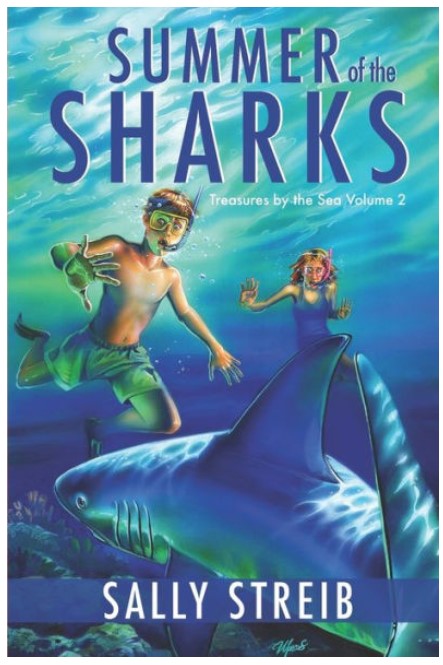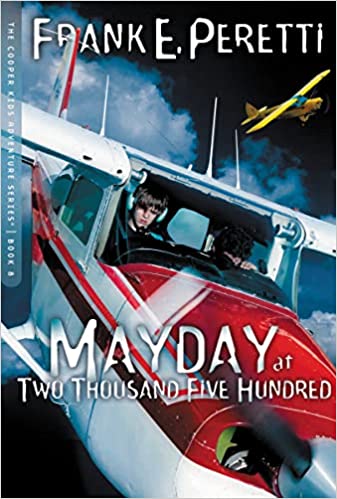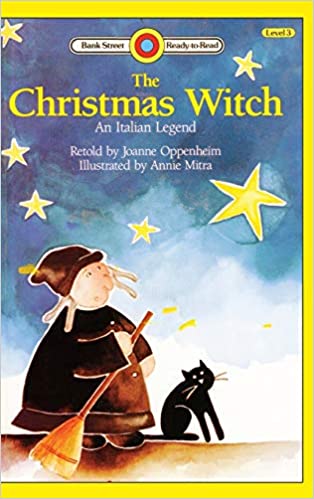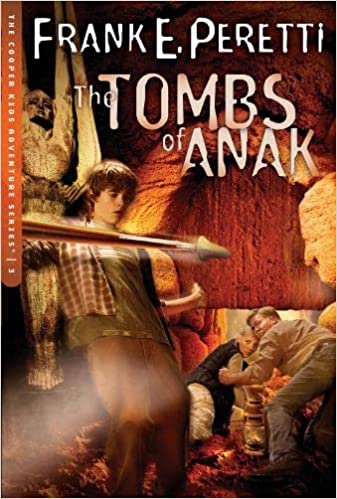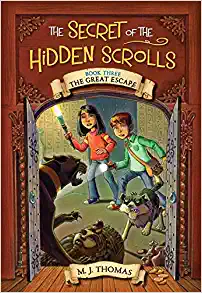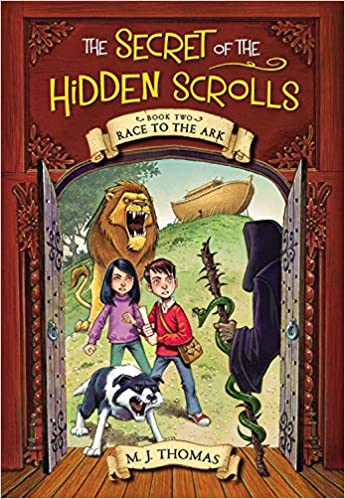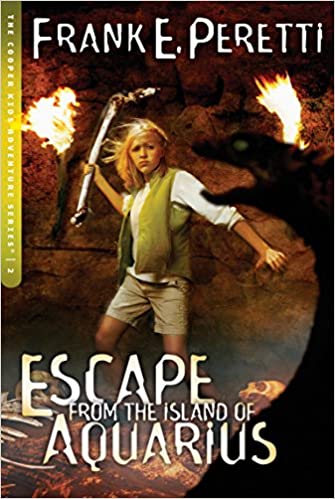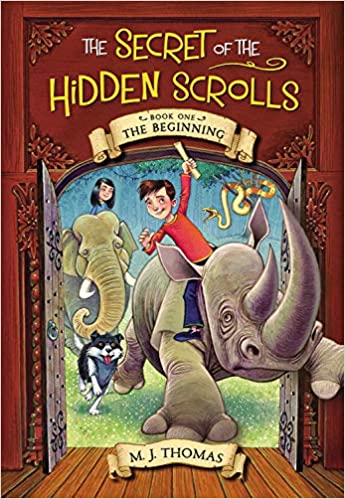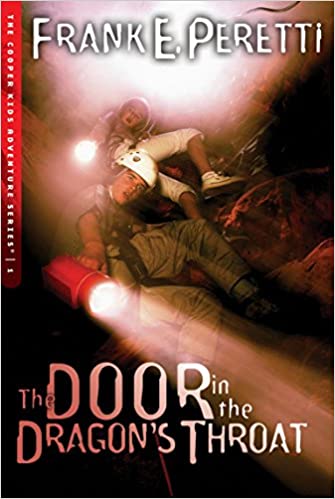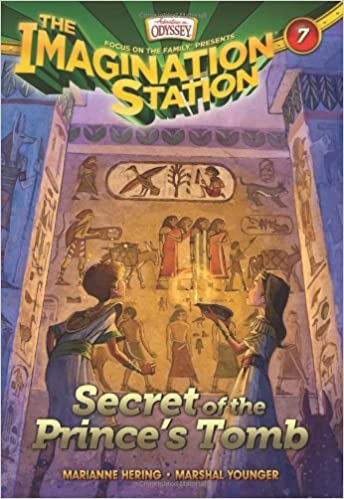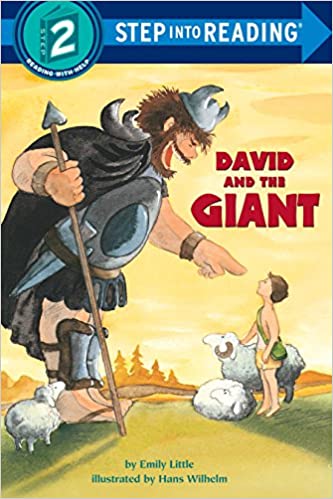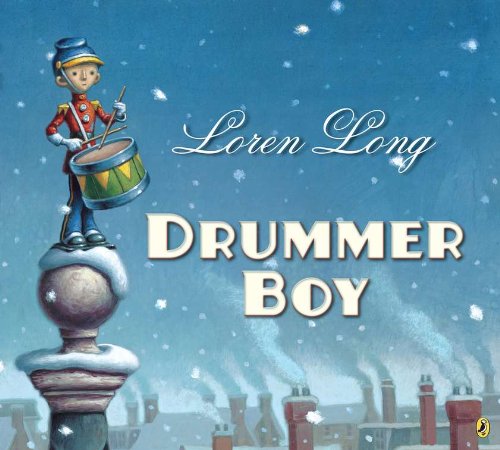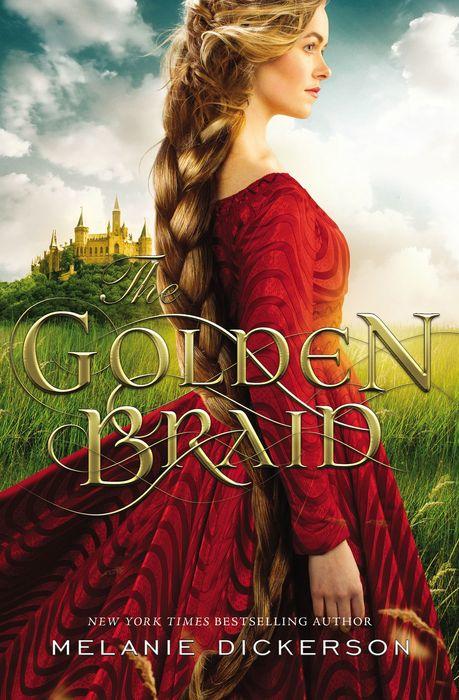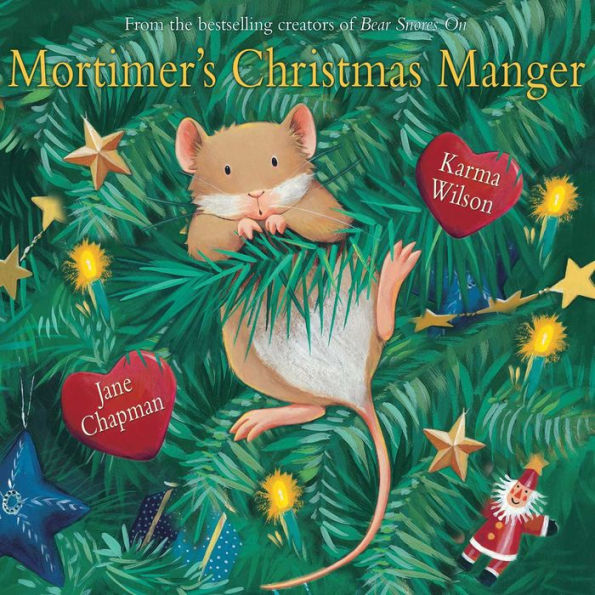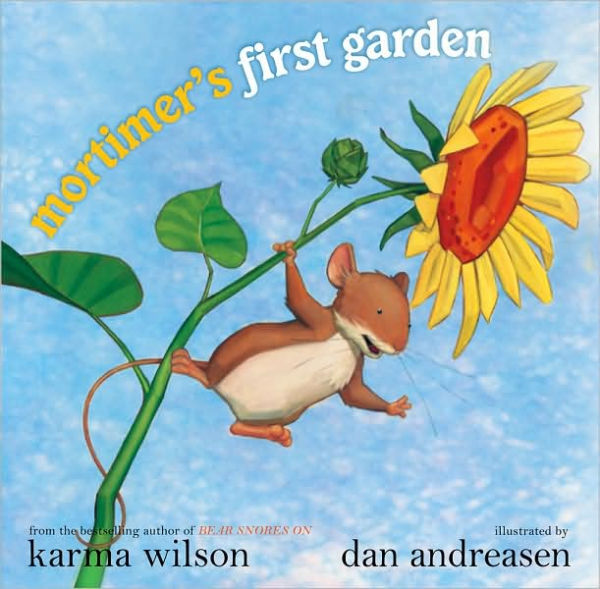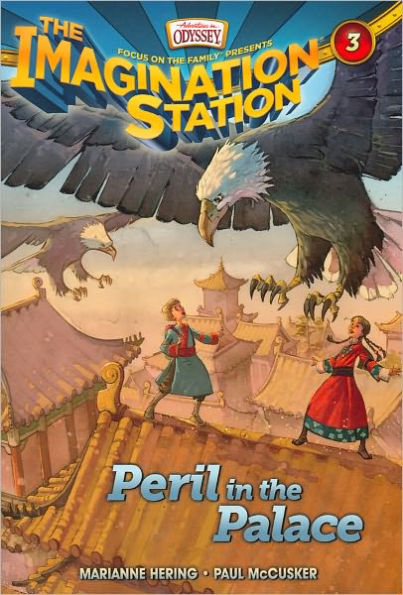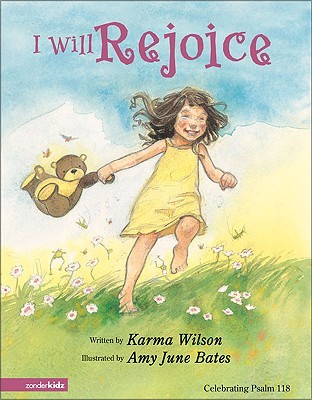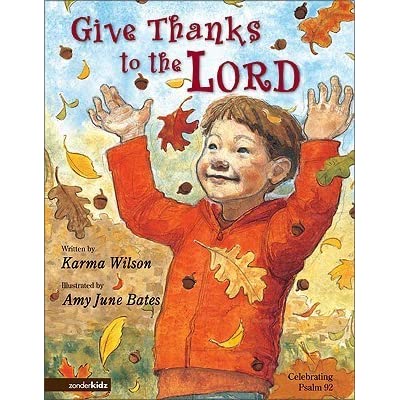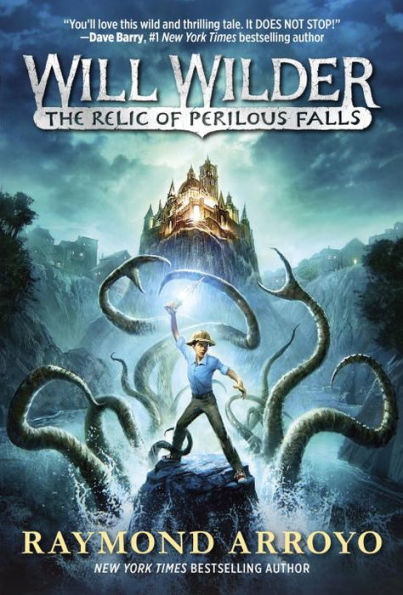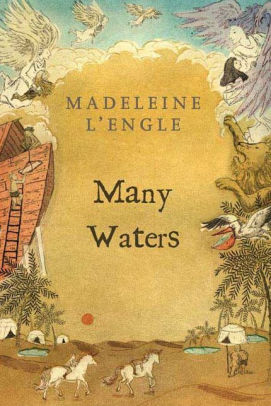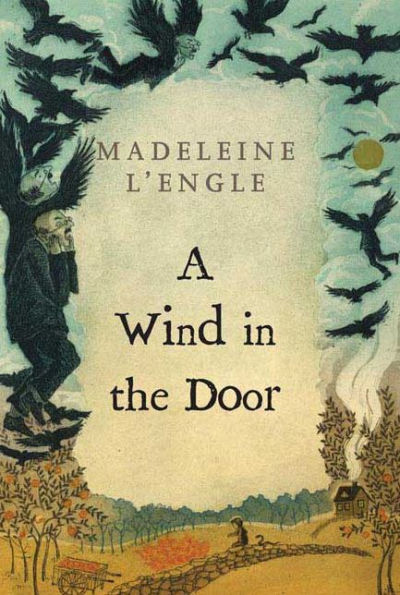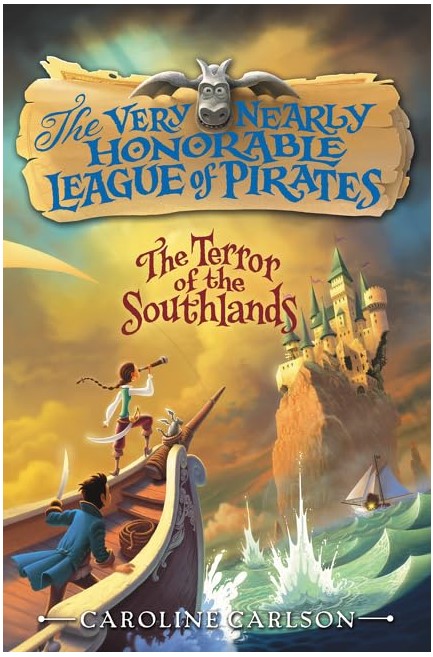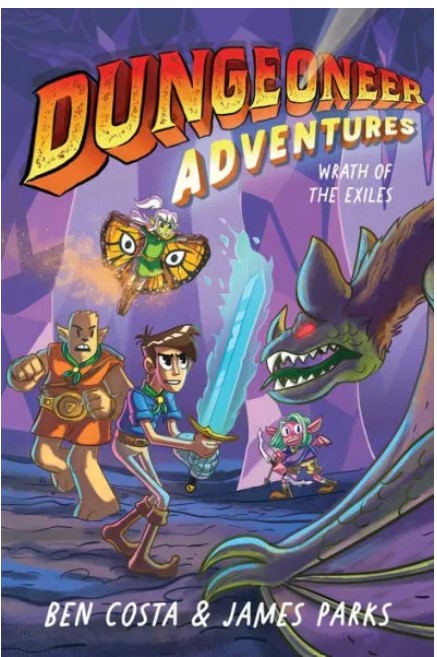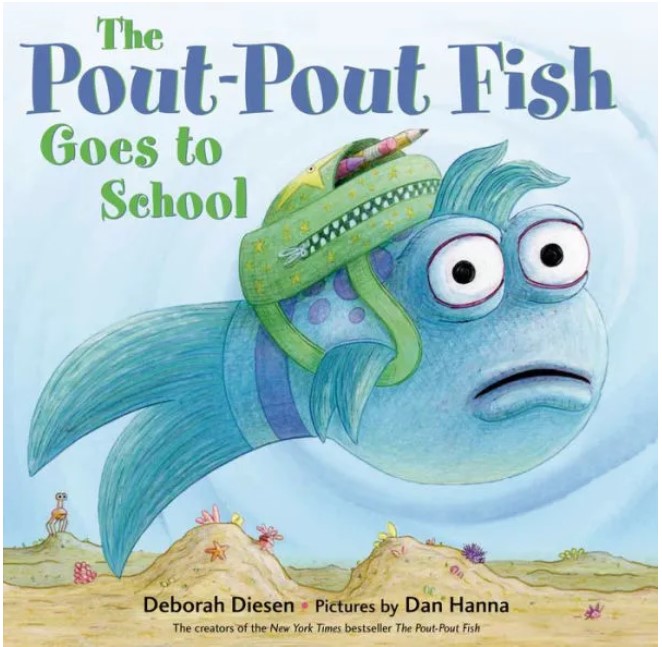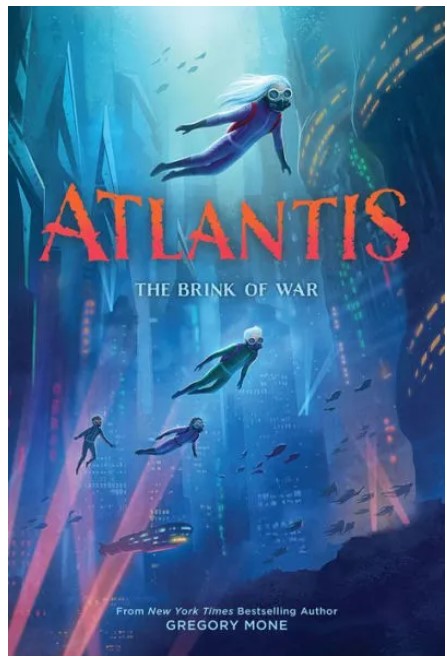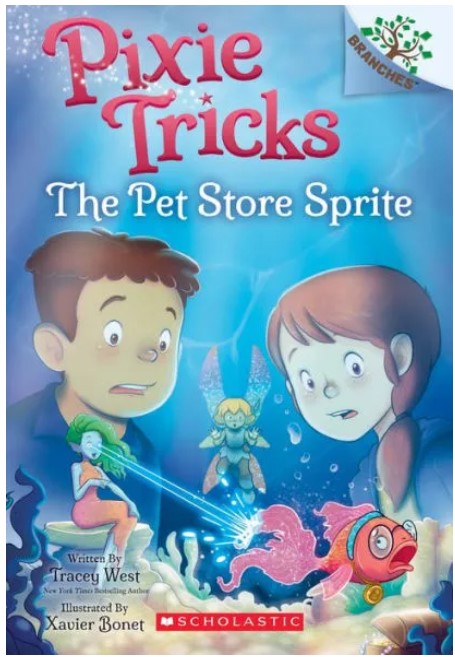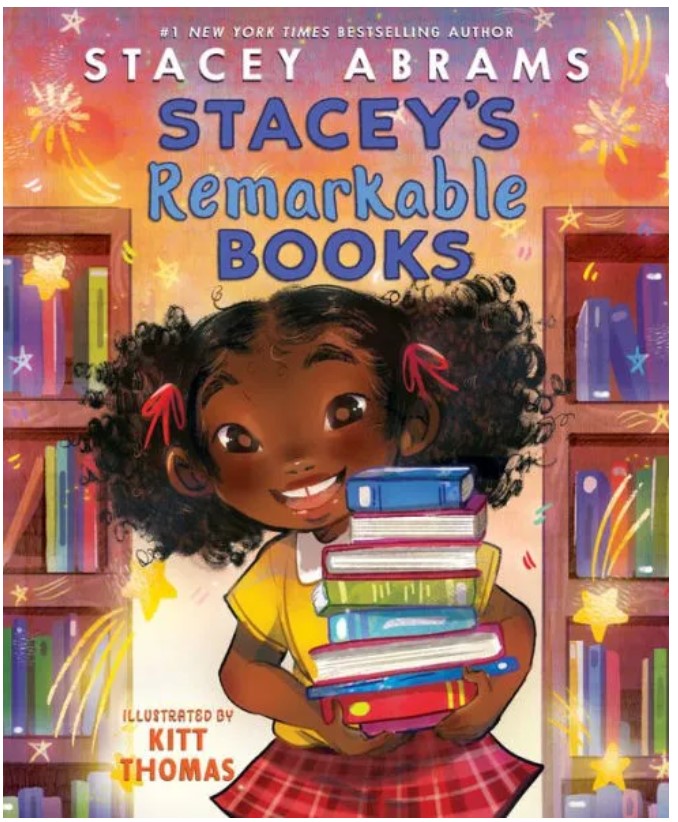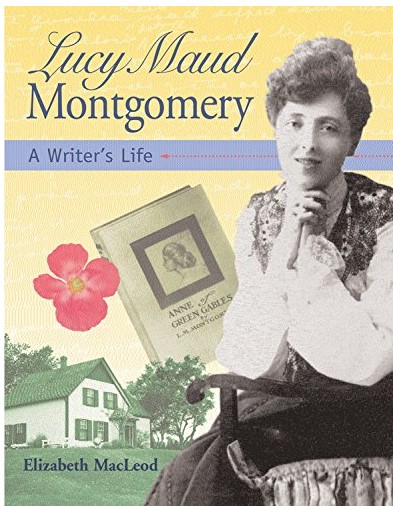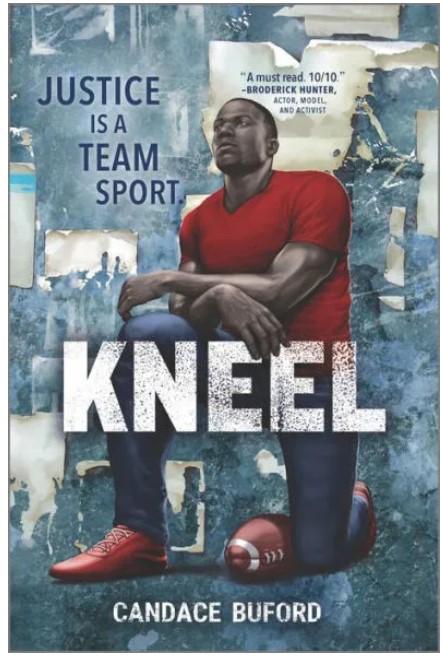When twelve-year-old twins Eric and Susan move in with their aunt, they never dreamed that they would end up on a remote island in the Bahamas for a coral reef restoration project! Susan bubbles over with excitement at the promise of underwater adventures. But the thought of cruising around in a large ocean full of creepy and dangerous creatures scares Eric.
Eric tries to keep his fear a secret and makes excuses for staying behind. But with expert guidance from Aunt Sally and Uncle Merle, the twins are soon swimming, snorkeling, and SNUBA diving in a dazzling undersea world of wonder and beauty. The living kaleidoscope of swirling colors, lights, and shapes teaches both scientific and spiritual lessons about the Creator—lessons that draw Susan, Eric, and their friend Kevin closer to God. Then one day, an encounter with a monster of the deep thrusts Eric face to face with his deepest fears—and puts his faith to the test. Will Eric trust God to help him overcome his terror and keep him safe from harm?
Summer of the Sharks focuses on Eric, who is afraid of going underwater in the ocean. Many readers will sympathize with Eric, especially with his desire to keep his fear a secret. Despite Eric’s fear, when his Uncle Merle is injured, Eric jumps up to the plate and helps his aunt with her research. While Eric helps his aunt, he learns more about ocean creatures and realizes he loves taking photographs of them. It is through SNUBA diving that Eric realizes if he stays focused on an ocean creature, he forgets his fear. Likewise, if he focuses on God, Eric will come to trust Him, which will also lessen his fears.
After staying home alone, Eric goes snorkeling with a neighbor, Mr. Wood—without permission and without telling his aunt where he is going. Afterward, when Eric’s aunt and uncle find out, they remind him of the dangers. “Leaving the house and going off with Mr. Wood was dangerous. You didn’t know what kind of person he is—whether he’s trustworthy or even how skilled a diver he is. . . Praying for God’s presence and care doesn’t mean that we can become careless or irresponsible. We have to act wisely—to do what we can to prevent bad things from happening to us.”
One theme that is reinforced throughout the book is the necessity of taking a closer look at God. At one point, Susan compares God to shells. She says, “The closer you look, the better He gets.” Later, Eric thinks “that he would get more excited about God by looking closer. And the more he knew about God, the more confidence he would have in Him.”
Summer of the Sharks is an engaging story that pulls readers underwater, where they will gain a new appreciation for God’s wonders. While Eric’s struggle is relatable, the message is a little hard-hitting and the discussions about God are longwinded. Despite this, the story has enough suspense and wonder to keep readers interested until the end. In addition, anyone who struggles with controlling their fear will gain a new understanding of trusting God. By exploring the ocean, Eric realizes, “If I want less sin of any kind in my life, including being fearful and not trusting God, I need to look closer at Him until I trust Him to take care of me like He promises to do.” Readers who want to read more books with Biblical teaching should also read The Cooper Kids Adventure Series by Frank E. Peretti.
Sexual Content
- None
Violence
- None
Drugs and Alcohol
- None
Language
- None
Supernatural
- None
Spiritual Content
- Since the book is in the Christian fiction genre, not all references to God are documented below.
- While preparing for a trip to a coral reef, Susan says, “Each creature is like a picture of Jesus. I think I’ll list them in a notebook . . . Then I can write what they are trying to say about God.”
- Susan, Eric, and his friend Kevin have a short conversation about sea animals hiding under rocks. Eric thinks, “If I could really believe that Jesus is a safe place for me and trust Him like those tiny creatures trust the rocks, I wouldn’t be so afraid.”
- After Eric refuses to go on a trip to the Bahamas, his sister “prayed that [he] would come.” After Eric’s uncle is injured, Eric decides to go to the Bahamas to help.
- Aunt Sally and Susan see a shark while snorkeling. After they retell their experience, Uncle Merle thanks God for “looking after his family.” Afterward, Kevin said, “Today I learned the truth about James 4:8: Draw near to God, and He will draw near to you.”
- Susan compares God to shells. “The closer you look, the better He gets.” Later, Eric thinks “that he would get more excited about God by looking closer. And the more he knew about God, the more confidence he would have in Him.”
- Eric and his family discuss God removing their sins. Eric asks, “Is it a sin to feel afraid?” Eric’s friends summarize the conversation message, “If I want less sin of any kind in my life, including being fearful and not trusting God, I need to look closer at Him until I trust Him to take care of me like He promises to do.”
- After learning how to SNUBA (a type of scuba diving), Eric learns not to be afraid of the ocean. He learns that if you look closely at God, you can trust Him to care for you. Eric’s aunt reminds him, “Feelings aren’t bad. . . But you can’t let them be guides to your choices and behavior unless they come out of your original focus.” Instead of following your emotions, you need to focus “on God’s word and what He says about something.”
- When Eric decides to quit baseball, his uncle prays: “Dear God. Thank you for turning Eric’s ship in a new direction. Fill our sails with the wind of the Spirit and guide us like a captain takes hold of a ship’s rudder. Send us off, full of joy, in the right direction. Amen.”
